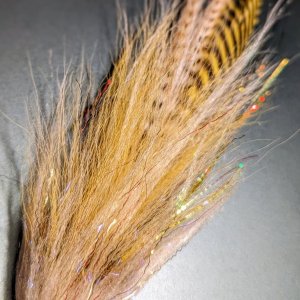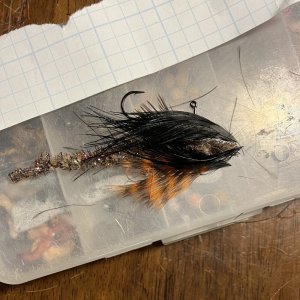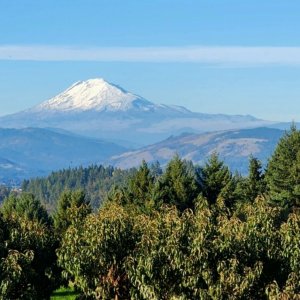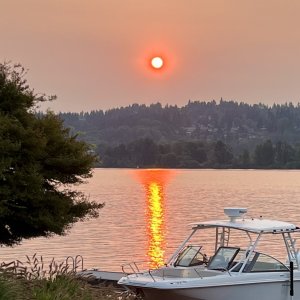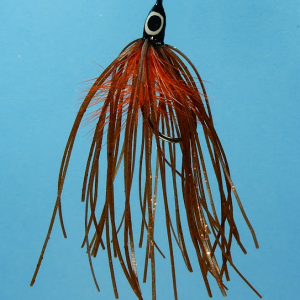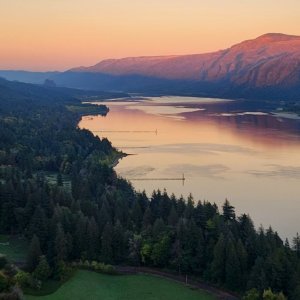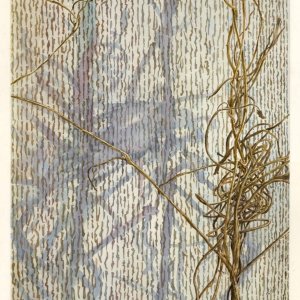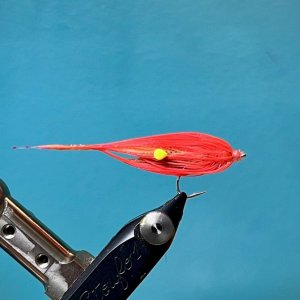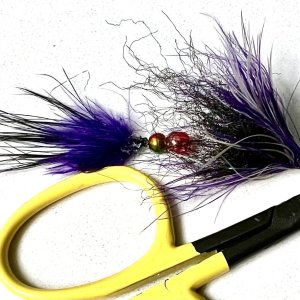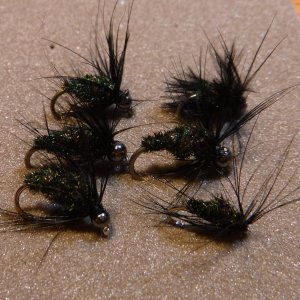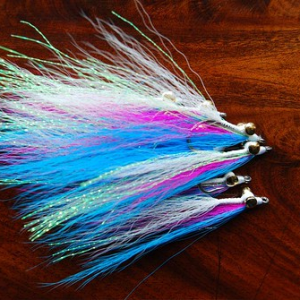While driving along the Methow last week, I saw guys fishing with a WDFW tanker truck nearby. I assume they were collecting steelhead for hatchery broodstock. Why is this done on the Methow and not other rivers? Is this a good thing in one type of river but not in another (good on upper Columbia tribs/ bad elsewhere)? I know WDFW had a hard time with the Snyder Creek broodstocking activity on the Sol Duc a few years ago, because of concerns about turning some of the limited number of wild fish into hatchery fish.
You are using an out of date browser. It may not display this or other websites correctly.
You should upgrade or use an alternative browser.
You should upgrade or use an alternative browser.
Wild broodstocking?
- Thread starter davew
- Start date
Here in southeast wa the fish run through traps. Wilds of one kind are kept or passed upstream. Hatchery fish are kept, and the many strays are sorted out. The hatchery reports for the area will hold details if you read them. This is a sample line about salmon:
"A total of 140 salmon were captured in the ............ trap in 2021 (75 natural adults, 8 natural jacks, 35 hatchery adults, and 22 hatchery jacks). Of these, 115 fish (83 natural, 32 hatchery) were collected for broodstock and 25 adipose clipped strays were killed outright."
"A total of 140 salmon were captured in the ............ trap in 2021 (75 natural adults, 8 natural jacks, 35 hatchery adults, and 22 hatchery jacks). Of these, 115 fish (83 natural, 32 hatchery) were collected for broodstock and 25 adipose clipped strays were killed outright."
No it wouldn't. The summer runs come in through the fall, then hang out both in the Methow and nearby Columbia until around late March/April when they start to get ready for spawning.That would imply that the Methow has a winter run of steelhead.
That's the way it works here. Our fish are termed summer runs, but they sit in the columbia until late winter then move.No it wouldn't. The summer runs come in through the fall, then hang out both in the Methow and nearby Columbia until around late March/April when they start to get ready for spawning.
I think the fish managers are trying to develop the Methow hatchery steelhead broodstock to have a high % of natural origin fish in the spawning population. The way to get those fish is to go out and fish for them in the river since the NORs (natural origin recruits) don't voluntarily "walk on" to the hatchery like the fish that were released from the hatchery. Is this a good idea? Honestly, I don't know. Although fish passage conditions at the mid-Columbia River dams are much improved, combined with poor ocean survival, totally wild, naturally produced populations might not be able to sustain themselves in the Methow or other mid-C tributaries. If that is the case, it is essential to operate a hatchery program to maintain the species presence in the river basin. The hatchery program should use the broodstock source that yields the best results. And that might mean using NORs for hatchery broodstock.
The biggest problem with the Snyder Creek program on the Sol Duc is that in 25 years of operation, no one ever quantitatively monitored the results in a way that could describe the program benefits beyond "it feels good" cuz we catch some of our marked fish when they return. It's possible, and maybe even likely, that the Snyder program was simply mining wild steelhead from the spawning population to provide harvestable program fish. A major problem in the fish management business is that it's easy to get funding to raise hatchery fish but darn near impossible to get funding to monitor the program so that we know whether the program is actually doing any good and worth the cost.
The biggest problem with the Snyder Creek program on the Sol Duc is that in 25 years of operation, no one ever quantitatively monitored the results in a way that could describe the program benefits beyond "it feels good" cuz we catch some of our marked fish when they return. It's possible, and maybe even likely, that the Snyder program was simply mining wild steelhead from the spawning population to provide harvestable program fish. A major problem in the fish management business is that it's easy to get funding to raise hatchery fish but darn near impossible to get funding to monitor the program so that we know whether the program is actually doing any good and worth the cost.
tkww
Steelhead
All this. When I had a conversation with the previous SE WA bio he mentioned concerns along these lines. They switched over to broodstock after dickering with the NOAAF and tribes about what exactly constituted the correct strain/DNA specifics for the river.I think the fish managers are trying to develop the Methow hatchery steelhead broodstock to have a high % of natural origin fish in the spawning population. The way to get those fish is to go out and fish for them in the river since the NORs (natural origin recruits) don't voluntarily "walk on" to the hatchery like the fish that were released from the hatchery. Is this a good idea? Honestly, I don't know. Although fish passage conditions at the mid-Columbia River dams are much improved, combined with poor ocean survival, totally wild, naturally produced populations might not be able to sustain themselves in the Methow or other mid-C tributaries. If that is the case, it is essential to operate a hatchery program to maintain the species presence in the river basin. The hatchery program should use the broodstock source that yields the best results. And that might mean using NORs for hatchery broodstock.
They were apparently switching from stock that originated high up in the E WA basin. He liked that stock on two accounts: it returned in much larger percentages in the fall/earlier winter, which he felt presented less conflict with wild returns as far as harvest and potential seasons. He also liked that the previous strain was more inclined to exit sooner in the spring, thereby helping to avoid water issues (i.e., irrigation de-watering and stream temps). Both which track
Also, the SE WA rivers saw some very stray rates--I think 40% was the most extreme example.

